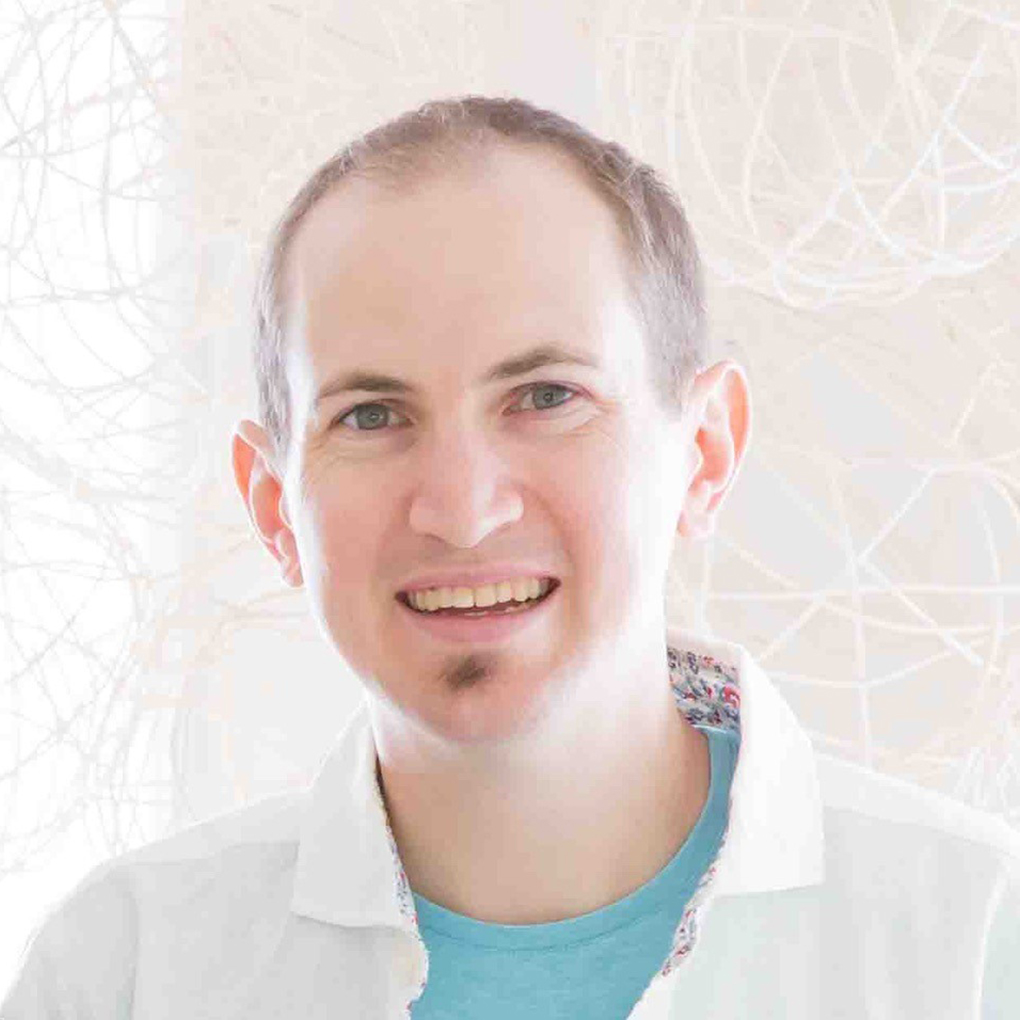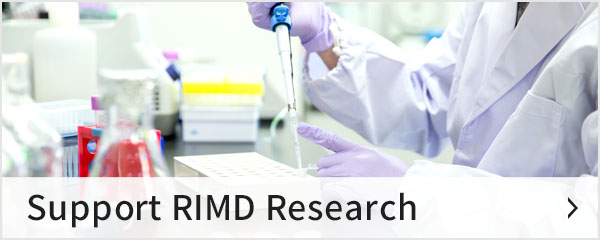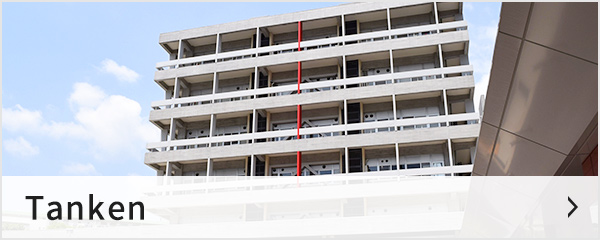Arthur Millius (Postdoc)Department of Genome Informatics
Q1 Please tell us about your current role.
I’m a postdoctoral researcher in Daron Standley’s lab, and I collaborate with Shizuo Akira’s lab and with Genji Kurisu’s lab.
Q2 What is the focus of your Research?
I work on an RNA binding protein called Regnase-1. I’m trying to understand the structural mechanisms that allow it to bind and degrade RNA and to design chemical inhibitors to disrupt that process.
Q3 Why did you choose RIMD?
I’m really interested in how RNA structure shapes cellular activities, particularly in immune cells. I’m also interested in learning some basic computational and machine learning skills. Therefore, the Akira and Standley labs were a great environment to further those interests.
Q4 Do you think RIMD is a good place to study science?
RIMD has some nice, shared facilities. For example, I’ve used the communal centrifuges and deposited samples for next-generation sequencing.
Q5 What do you enjoy most about what you do?
I like discussing ideas with other researchers and the day-to-day of doing actual experiments.
Q6 What do you do on a typical day?
Today I did some cell culture, froze some MEF cells, set up a beta test of a cell-based experiment I want to do in collaboration with another lab later in the week, consulted with a student on his protein purification, discussed some molecular biology (cloning) that we need to do, computationally analyzed some RNA structures for an associate professor for a couple of mRNAs he is interested in, ate lunch and omiyage chocolates, made coffee, responded to this, and now I’m about to start working on figures for a first draft of a Regnase-1 inhibitor paper.
Q7 What are the best and worst things about your life in Japan?
Best
I love that you can take public transportation to get almost anywhere. I grew up in Los Angeles and you need to get in a car to do almost anything. The buses, trains, and public spaces in Japan are also clean and quiet.
Worst
I don’t travel or get outdoors as much as I did in the United States. Many activities in Japan require planning or a fee or additional logistics. For example, to play tennis in Japan I have to take a class, join a club, or pay 2000 yen to reserve a court for an hour. In contrast, in the US you can just go to a free tennis court at a public park (although you do have to drive to get there).
Q8 What advice would you give for those wanting to study at RIMD?
Ideally, I would email graduate students or postdocs at RIMD and ask them about their research and how the lab is like. Professors are often very busy and get a ton of emails, so cold emails from random students might get lost in the mix.
- Home
- About
- RIMD!TANKEN!
- RIMD'S Curious people@RIMD
- Arthur Millius (Postdoc)








